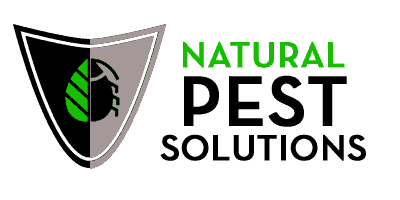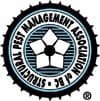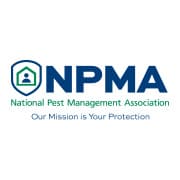If you’re concerned about the number of pests in your home or business, then you need to know the difference between pest control and proper pest management. Pest control involves identifying and controlling pests, but there’s more to it than that. The sites where pests are found also include nonliving surroundings. Therefore, the methods used to control them can have a wide impact on the environment and entire system. Some of these efforts can cause more harm than good, and you may end up with an ongoing pest problem. To prevent these issues, check out this San Tan Valley AZ Business. you must be careful and use only pesticides that are labeled for the specific purpose of achieving your goals.
The two terms are not completely synonymous, but the difference between them can be glaring. Extermination is more extreme, and it’s mainly concerned with eliminating an infestation as quickly as possible, while pest control focuses on prevention and long-term solutions. One approach relies on Integrated Pest Management (IPM), which uses a holistic approach to control pests. Both types of treatment can be used to manage infestations of different types of pests in different places.
Integrated pest management is an environmentally sensitive approach to controlling various types of pests. It uses biological, cultural, mechanical, and chemical techniques to reduce the risk of harm from pests and their associated diseases. Integrated pest management is a form of pest management company that is suitable for all types of areas, including agricultural production, residential facilities, wildlife management, and public lands. Pest management in this way is an important part of environmental health and conservation.
Biological control is a term used to describe the use of insects and other organisms to manage pests. Biological control works on two different levels: controlling the pest’s population by introducing a natural enemy, or knocking down the population of an existing pest. It can also achieve control by providing beneficial insects that are natural enemies of the pest. In this method, the natural enemies of the pest are used as natural pesticides, which have several advantages over other types of chemical control.
This type of management focuses on reducing the number of a pest’s population by using natural predators, disease organisms, and parasites to control their numbers. One of the greatest factors in controlling plant-feeding insects is that their presence attracts parasitoids and predators, which disperse to seek out more prey. This way, preventative measures can be more targeted. Listed below are some examples of pest management methods.
Hiring a pest control professional can cost anywhere from $25 to $700, depending on the type of service you need. Depending on the size of your property, you may need to have a canine inspection done before a technician can properly treat the area. These costs may add up, and you should consider how much time and money you’re willing to spend to get rid of any pests. Most pest control companies charge by the visit, with an initial visit typically costing up to $180. The cost will increase for any additional services.



